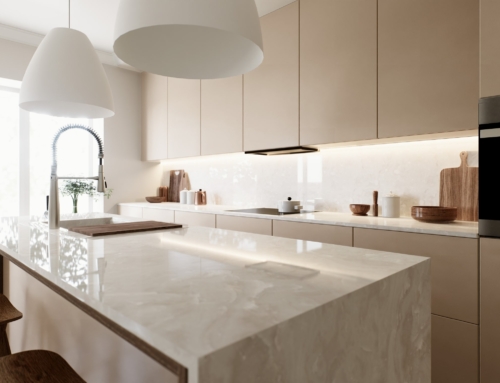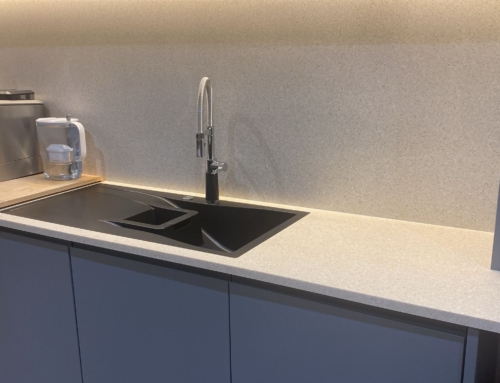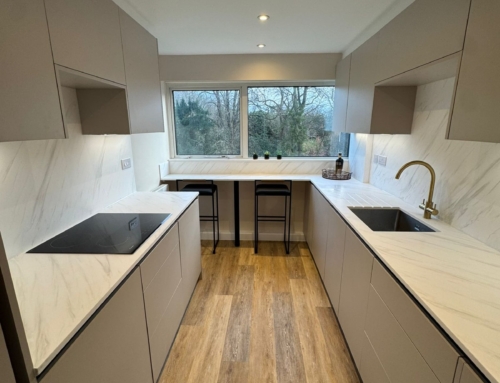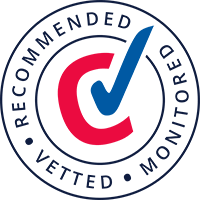When it comes to choosing edging for your kitchen worktops, while this may seem like a small detail, it can make a big difference to the appearance and functionality of your space. From sleek square edges to bold waterfall styles, the finish you pick can influence the worktop’s safety, ease of cleaning and overall aesthetic.
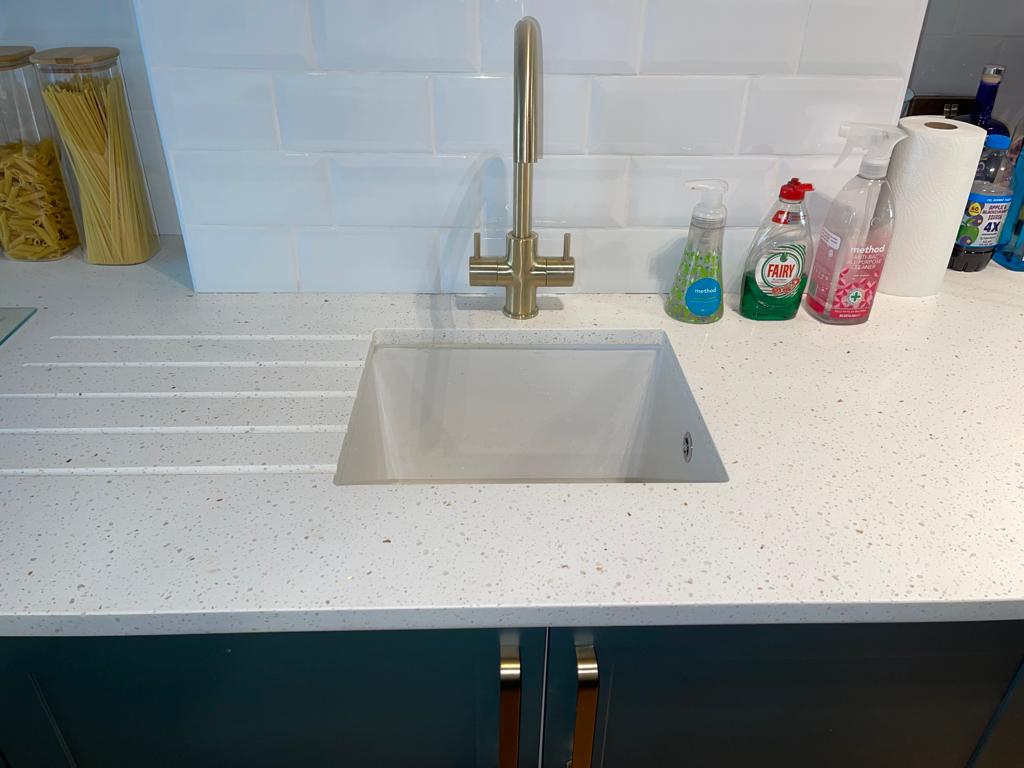
All Olly London, we tailor our kitchen worktop installations to your needs, right down to the last detail. Here’s our guide to some of the most common questions about kitchen worktop edging.
Is a square edge or round edge worktop better?
Both square and round (bullnose) edges have their advantages and drawbacks, so the best choice will depend on the style of your kitchen and how you use the space. Square worktop edges provide a clean and modern finish, which is why they’re so popular in contemporary kitchens. However, you may want to avoid this style if you have a young family. Rounded bullnose edging is safer and more forgiving, making it a more practical choice for busy households.
What’s a waterfall edge worktop?
Waterfall edging is where the worktop surface and its design continues vertically down the side of the unit, all the way to the floor. It’s a dramatic and luxurious touch, achieving a continuous flow. It makes a bold design statement for a modern and high-end look. Use waterfall edging in spots like kitchen islands or peninsulas.
How to seal kitchen worktop edges?
Sealing kitchen worktop edges is essential for maintaining a hygienic environment and preventing water damage, especially around sinks and joints. Professional installation is the best way to ensure edges and joints are sealed correctly and discreetly, protecting worktops for many years.
How worktop edges are sealed will depend on the surface. For example, laminate worktops often have edging strips that are heat-bonded or glued in place. Solid wood worktops need treating with oils or sealants to prevent moisture ingress. Stone worktops like granite and quartz are sealed during installation.
What’s the most popular counter edge?
In recent years, square worktop edges have risen in popularity for their sleek and minimalist appearance. However, in traditional or family-friendly kitchens, bullnose or pencil-round edging remain commonplace. Ultimately, your worktop choice should reflect your kitchen style, how you use the room, and your preference for its maintenance requirements.
What’s the best overhang for a worktop?
The right worktop overhang depends on the look you want and what’s best for improving usability. The best overhang for a kitchen worktop is typically around 20 to 30mm for standard base units. For seated areas like islands and breakfast bars, larger overhangs are required (e.g. 200 to 300mm) to create a comfortable spot and good legroom. Always consult with a worktop professional to achieve the right finish for your needs.
Need new kitchen worktop edging? Contact us
Contact Olly London for a free kitchen worktop installation estimate in the South East, covering Bromley, Catford and beyond. You can contact our team directly here.

